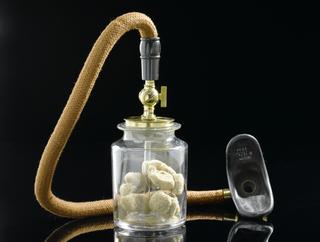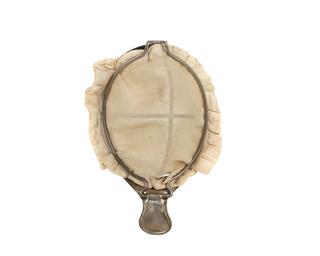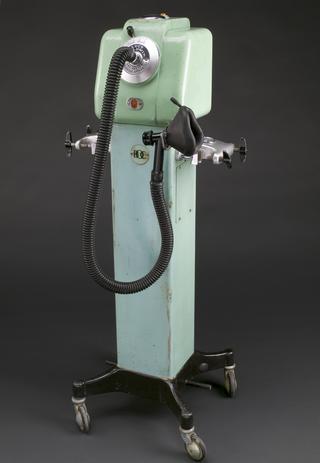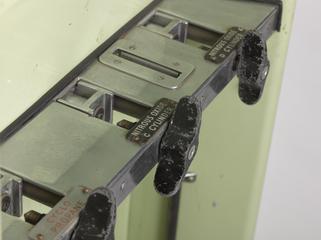




Ether inhaler with water bath for heating ether to facilitate evaporation, European, c. 1847
Ether was first used as an anaesthetic during an operation in 1846 to remove a tooth. This inhaler has a water bath underneath the bottle which heats up the liquid ether to help its evaporation and so produce vapours. The temperature of the water bath controlled how much ether was vaporised and the dose the patient received. The rubber tubing connects the bottle to the wooden face mask. The face mask has a mouthpiece for the patient to bite down on. John Snow (1813-1858), the first specialised anaesthetist in the United Kingdom, invented this type of inhaler in 1847.
Details
- Category:
- Anaesthesiology
- Collection:
- Sir Henry Wellcome's Museum Collection
- Object Number:
- A625393
- Measurements:
-
overall: 362 mm x 310 mm x 240 mm, 1.94kg
- type:
- inhaler
- credit:
- Royal Society of Medicine




